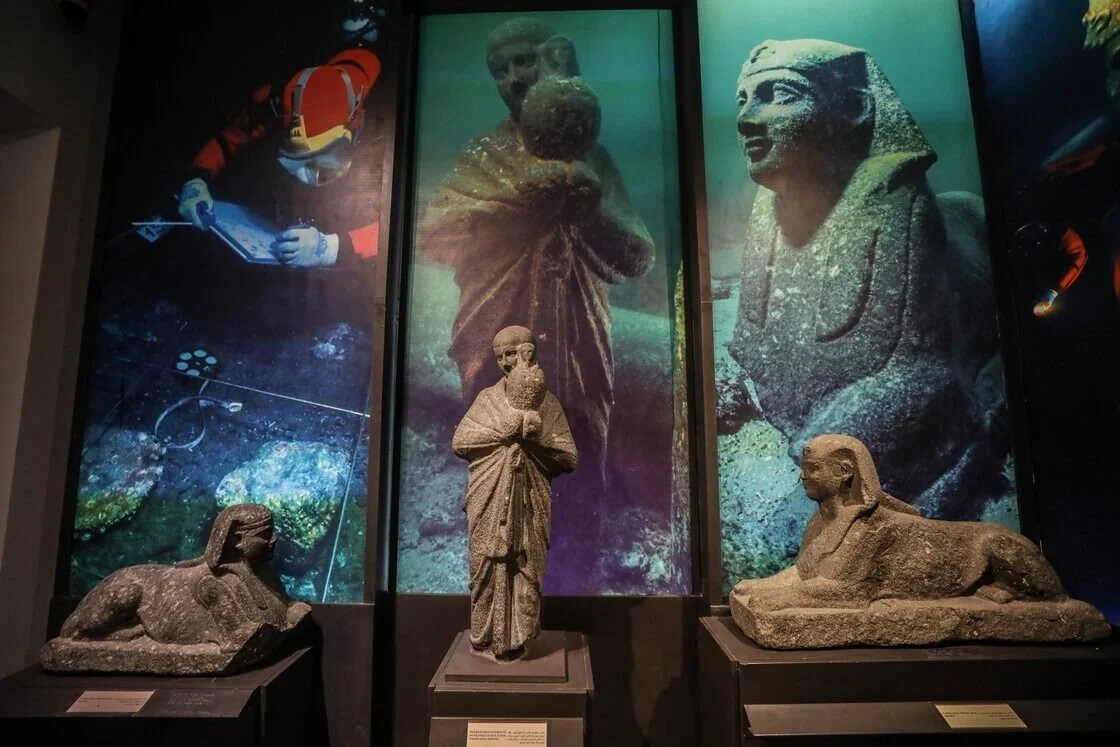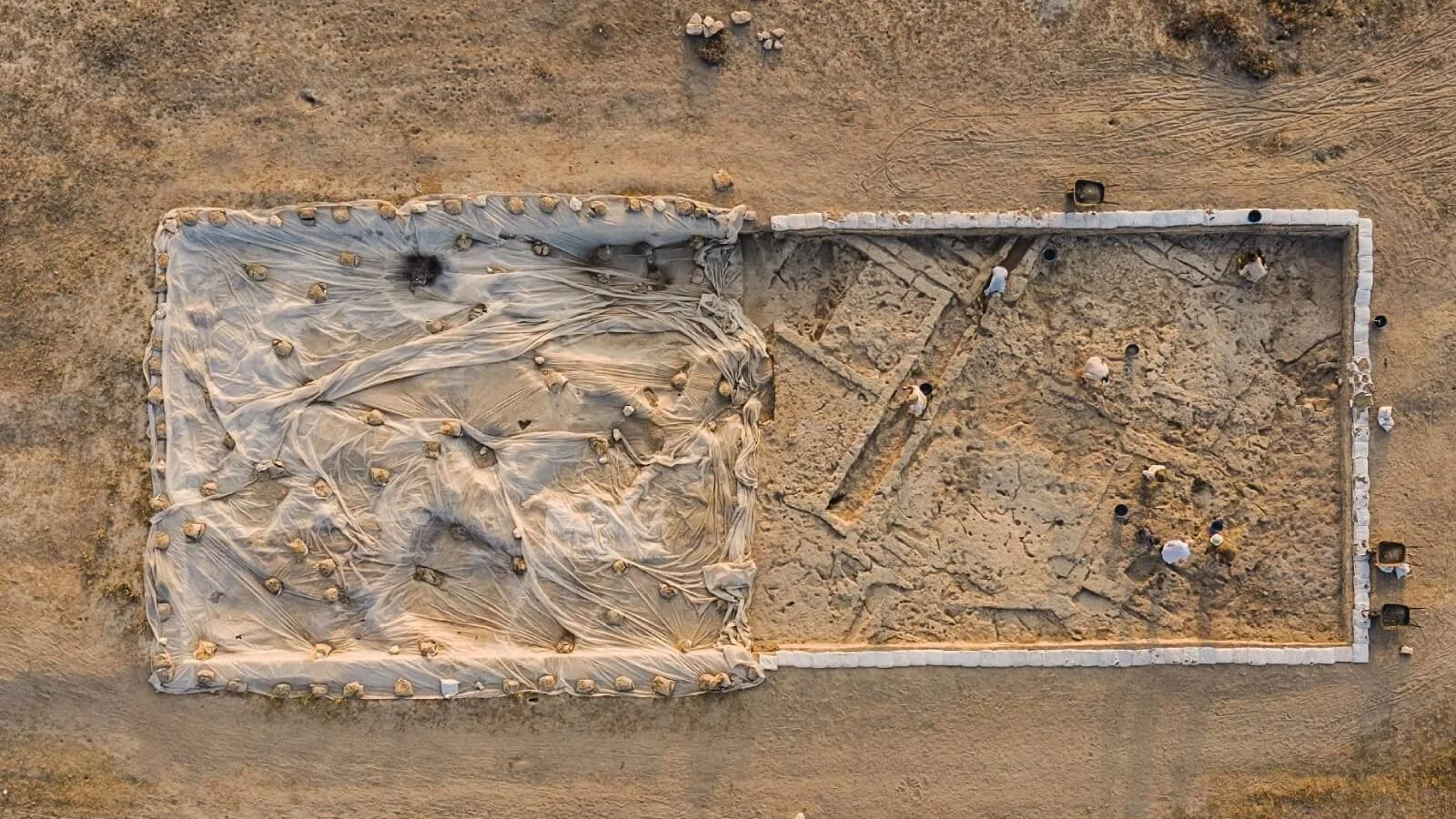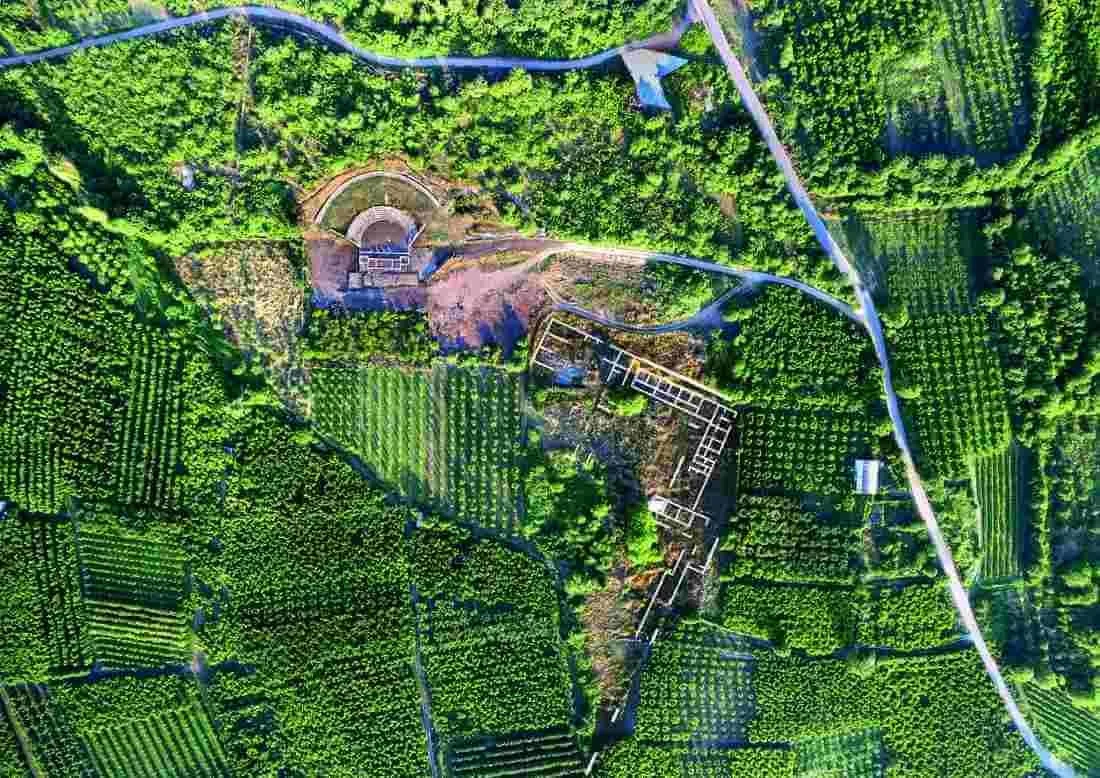Stephen Batiuk's lecture, "Exploring the Roots of the Vine: The History and Archaeology of the Earliest Wines," delves into the deep historical and cultural roots of wine. Batiuk's comprehensive exploration highlights wine's profound influence on ancient civilizations, its enduring legacy, and the significant archaeological discoveries that have traced its origins back to prehistoric times. This article unpacks the key themes and insights from Batiuk's enlightening presentation.
The Cultural Significance of Wine Throughout History
Wine is more than just a beverage; it is a symbol deeply ingrained in human culture and history. Stephen Batiuk began his lecture by emphasizing wine's critical role in shaping both sacred and profane aspects of civilizations. From religious rituals to luxurious feasts, wine has been a constant presence. Its universal appeal across diverse cultures, including France, Italy, Spain, and beyond, underscores its importance in human history.
Wine's association with luxury and celebration is evident in how it is portrayed in media and literature. In ancient societies, wine was revered not just for its intoxicating effects but also for its social and religious significance. It was often used in religious ceremonies, symbolizing blood in Christian rituals, and celebrated in festivals like Dionysia in ancient Greece. This historical context shows how deeply wine is woven into the fabric of human civilization.
The continuity of wine's cultural significance from ancient times to the present day highlights its lasting impact. Modern societies continue to celebrate wine in various ways, from wine tastings and vineyard tours to its prominent role in culinary arts. Understanding this continuity helps appreciate wine's historical journey and its role in shaping cultural identities over millennia.
Mythological Accounts and Ancient Narratives of Wine
Batiuk's lecture also explored the mythological origins of wine, providing insights into ancient narratives that hint at its early discovery. One notable myth is the story of Noah from the Bible, who planted a vineyard and became drunk after the flood, placing the origins of wine in the region of Mount Ararat in eastern Anatolia and the Caucasus. This tale, among others, offers a fascinating glimpse into how ancient cultures perceived the origins of wine.
In Iranian mythology, the discovery of wine is credited to King Jamshid. According to the legend, Jamshid loved grapes and stored them in his palace. When fermentation occurred naturally, a despondent harem girl mistakenly consumed the "poisonous" liquid, only to discover its intoxicating effects, thus leading to the recognition of wine. These stories, while not historical records, provide valuable cultural context for the early appreciation and mythical understanding of wine.
These mythological accounts are more than just tales; they reflect the importance of wine in early human societies. They show that the discovery and consumption of wine were significant enough to be immortalized in myths, indicating its valued place in ancient cultures. These narratives also point to the geographic regions where wine was first cultivated, aligning with archaeological findings that place the origins of wine in the Caucasus and surrounding areas.
The Paleolithic Hypothesis and the Early Evidence of Wine
Batiuk introduced the Paleolithic hypothesis, which suggests that the fermentation of grapes likely occurred by accident within early hunter-gatherer societies. Championed by Patrick McGovern, this hypothesis posits that early humans might have observed animals becoming intoxicated after eating fermented fruits and decided to experiment with these naturally occurring processes. This serendipitous discovery marks the beginning of humanity's relationship with wine.
Archaeological evidence supports the Paleolithic hypothesis, providing concrete examples of early wine production. Sites such as Godin Tepe in Iran have yielded residues of tartaric acid and terebinth resin in pottery, dating back to the 4th millennium BCE. These findings indicate that early humans were not only consuming fermented grape juice but also had begun to understand and replicate the fermentation process.
Further supporting evidence comes from the site of Shulaveri Gora in Georgia, where carbonized grape seeds and chemical residues on pottery suggest wine production dating back to around 5800 BCE. These discoveries are pivotal as they push the timeline of wine production back to the Neolithic era, demonstrating that early humans had developed sophisticated methods for cultivating grapes and producing wine. This evidence collectively underscores the ancient origins and enduring importance of wine in human history.
Georgian Wine Culture and the Traditional Qvevri Method
Georgia, often referred to as the cradle of wine, boasts a unique and ancient wine-making tradition known as the Qvevri method. Stephen Batiuk's lecture highlighted this traditional technique, which involves fermenting wine in large clay vessels buried underground. This method, used for thousands of years, allows for natural temperature regulation and prolonged contact with grape skins, resulting in wines with distinctive body and flavor.
The Qvevri method is deeply rooted in Georgian culture and has been integral to the region's identity for millennia. These clay vessels, often large enough to hold a small car, are buried up to their necks, creating a natural convection process that keeps the wine in circulation. This traditional technique not only preserves the quality of the wine but also reflects the ingenuity and cultural heritage of Georgian wine-making.
Modern archaeological excavations in Georgia have revealed the long history of the Qvevri method. Sites like Shulaveri Gora and Gadachrili Gora have provided evidence of wine production dating back to the Neolithic period, with ancient Qvevri vessels still in use. This continuity of tradition underscores the deep historical roots of Georgian wine culture and its influence on wine production practices around the world.
The Core-Periphery Model and the Spread of Wine
The spread of wine culture from the Caucasus to other regions was facilitated by the development of trade networks and migration patterns. Batiuk explored the role of the Kura-Araxes culture in disseminating wine-making techniques and grape varieties across the Near East. This culture, known for its distinctive ceramics and advanced agricultural practices, played a crucial role in the spread of viticulture.
The Kura-Araxes culture, which flourished around 4000–2200 BCE, is characterized by its distinctive red and black pottery and its ability to adapt to various environmental settings. As these people migrated, they brought their agricultural practices, including viticulture, to new regions. This migration facilitated the spread of grape cultivation and wine production techniques, influencing the agricultural landscapes of the Near East.
Archaeological evidence supports the significant impact of the Kura-Araxes culture on wine production. Excavations in sites such as Aratashen and Aknashen in Armenia have uncovered remnants of early vineyards and wine-making facilities. These findings demonstrate that the Kura-Araxes people not only spread grape cultivation but also established a lasting tradition of wine production that would influence subsequent civilizations across the region.
Wine in Ancient Mesopotamia: From Beer to Wine
Wine's presence in ancient Mesopotamia marks a significant shift from a predominantly beer-drinking culture to one that embraced the sophisticated production and consumption of wine. Batiuk's lecture examined this transformation, particularly focusing on the city-state of Ebla, where textual records indicate a growing appreciation and consumption of wine.
The city-state of Ebla, located in modern-day Syria, played a pivotal role in the dissemination of wine culture in ancient Mesopotamia. Textual records from Ebla's archives reveal that wine was a highly valued commodity, often used in royal and religious ceremonies. These records also indicate that wine production became increasingly centralized, with the palace exerting control over vineyards and wine distribution.
This centralization of wine production in Ebla had far-reaching effects. As wine became more accessible to different social classes, it gradually supplanted beer in many ceremonial and social contexts. The spread of wine culture from Ebla to other parts of Mesopotamia and beyond highlights the dynamic interplay between agricultural innovation, trade, and cultural exchange in the ancient world.
The Phoenicians and Wine's Mediterranean Journey
By the Iron Age, the Phoenicians emerged as major wine producers and traders, significantly influencing the spread of wine culture across the Mediterranean. Stephen Batiuk highlighted the Phoenicians' role in establishing vineyards and wine production centers in regions such as Sicily, Sardinia, North Africa, and Spain, linking these areas to the ancient traditions of the Caucasus.
The Phoenicians, renowned for their seafaring and trading prowess, established a network of trade routes that facilitated the exchange of goods, including wine. Their ships, laden with amphorae filled with wine, traveled across the Mediterranean, introducing viticulture to new regions. This widespread distribution of wine and grapevines played a crucial role in the development of local wine industries in these areas.
Genetic studies have revealed that many modern grape varieties in Spain, Portugal, and Italy bear direct genetic links to ancient grape varieties from the Caucasus and Anatolia. This genetic continuity underscores the lasting impact of the Phoenicians' trade and agricultural practices. The Phoenicians' contribution to the spread of wine culture laid the foundation for the rich and diverse wine traditions that continue to thrive in the Mediterranean today.
Conclusion: Wine's Enduring Legacy
Stephen Batiuk's lecture provided a comprehensive overview of wine's ancient origins and its profound impact on human history. Through mythological narratives, archaeological discoveries, and historical records, Batiuk traced the journey of wine from its Neolithic roots in the Caucasus to its spread across ancient civilizations. Wine's enduring legacy is a testament to its integral role in shaping cultural identities, social practices, and economic exchanges throughout history.
The evidence presented highlights the deep historical roots of wine production and its significant cultural and economic influence. From the mythological tales of Noah and King Jamshid to the archaeological discoveries in Georgia and the trade networks of the Phoenicians, wine's journey is a fascinating narrative of human innovation and cultural exchange. Understanding this history enriches our appreciation of wine and its place in our cultural heritage, offering a glimpse into the ancient world and the enduring traditions that continue to shape our present.









